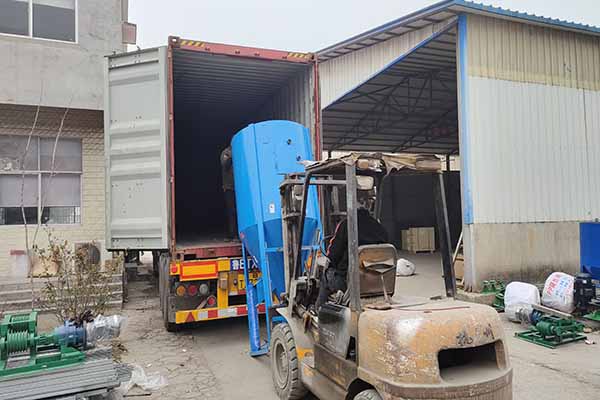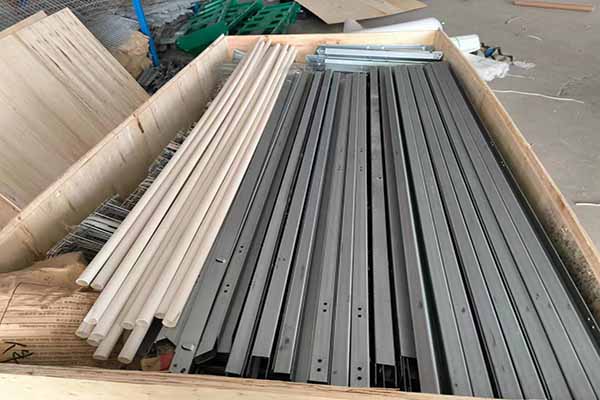Ensuring Feeding System Safety in Poultry Farms: A Comprehensive Guide
Feeding systems play a crucial role in the efficiency and safety of poultry farming operations. This article explores the importance of feeding system safety, common risks, and best practices to ensure a healthy and productive farm.
Introduction to Feeding System Safety
The feeding system is the backbone of a poultry farm, providing the necessary nutrients for optimal growth and health. However, it is essential to prioritize safety to prevent accidents, reduce waste, and maintain compliance with regulations.

Common Risks in Feeding Systems
- Bird Attacks: Birds may peck at the feeding system, causing damage and potential hazards to the operation.
- Electrical Hazards: Poorly insulated wiring or equipment can lead to electric shocks, injuries, and even fatalities.
- Contamination: Inadequate cleaning and maintenance can lead to the spread of diseases and bacteria, affecting bird health and productivity.
- Equipment Failure: Malfunctioning feeding systems can cause food waste, stress, and potential injuries to birds.
Best Practices for Feeding System Safety
- Regular Maintenance: Schedule routine inspections and maintenance to identify and address potential issues before they become serious.
- Safe Design: Implement a feeding system design that minimizes risks, such as using non-toxic materials and ensuring proper insulation.
- Training: Provide training for employees on safe operating procedures, including the correct use of equipment and emergency response protocols.
- Monitoring: Use sensors and monitoring systems to track the feeding system’s performance and detect any abnormalities promptly.
- Sanitation: Establish a comprehensive cleaning and disinfection schedule to prevent contamination and disease spread.
Case Study: Reducing Feeding System Risks at XYZ Poultry Farm
XYZ Poultry Farm implemented a new feeding system, which included the following safety measures:

- Automatic Feeding: Automated feeding systems reduced the risk of bird attacks and equipment failure.
- Non-Toxic Materials: The feeding system was made of non-toxic materials to minimize the risk of contamination.
- Emergency Stop Buttons: Emergency stop buttons were installed to prevent accidents and injuries.
- Regular Inspections: Routine inspections were conducted to ensure the feeding system was functioning correctly and safely.
As a result, the farm experienced a 30% decrease in bird attacks and a 20% reduction in equipment failures, leading to improved efficiency and productivity.
Conclusion
Feeding system safety is essential for a successful poultry farming operation. By implementing best practices and prioritizing safety, poultry farms can reduce risks, improve productivity, and ensure the health and well-being of their birds.
For more information on feeding system safety and to receive a free poultry farm design and equipment quote from LIVI Machinery, please leave a comment below or contact us directly.





